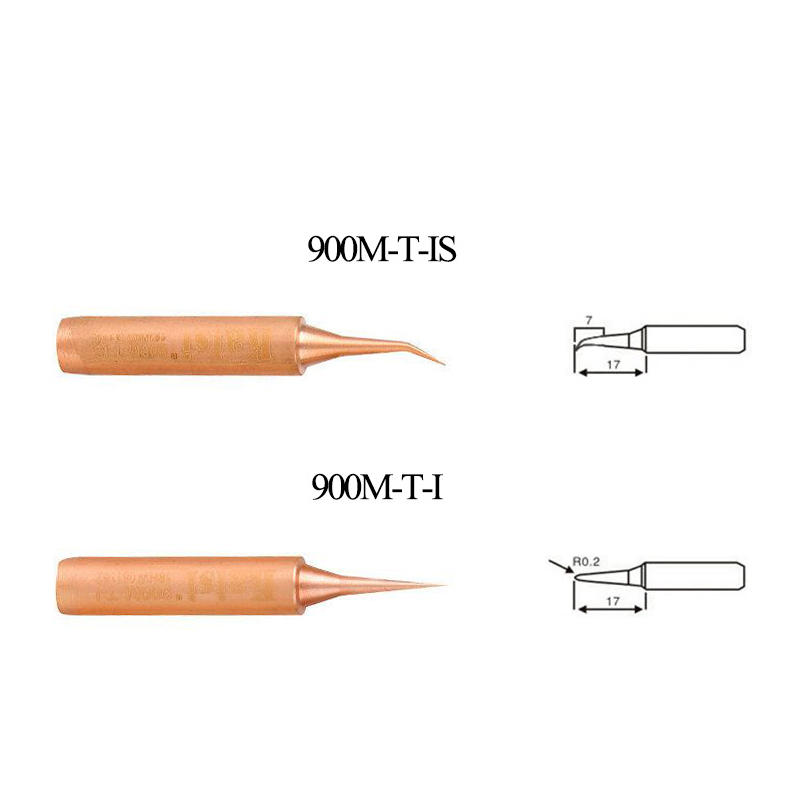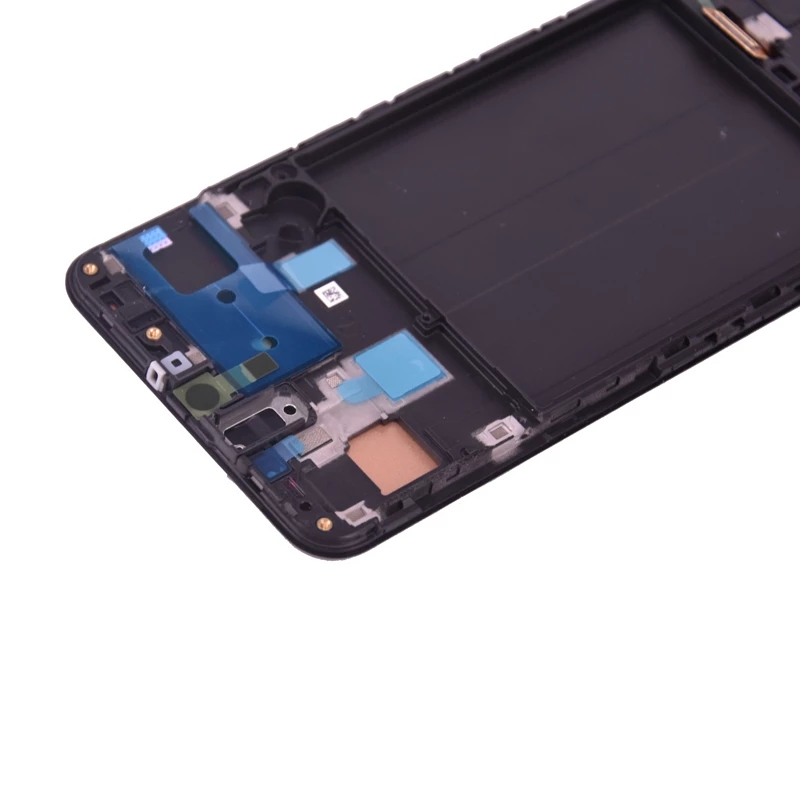Macbook Pro M2 may have displays issues after the screen is replaced.
It’s not just the iPad Pro that might not work properly after being repaired because of Apple’s serialization efforts. A repair expert has discovered that the MacBook Pro 2021 and 2022 may malfunction when they are fitted with replacement screens, too. Touch Screen Monitor For Pc

Ricky Pansear, founder of iCorrect.co.uk, has found that a small white shadow appears around the camera when the display of the MacBook Pro 2021 is replaced with a screen from the same model. This, he says, is the case with all MacBook Pro models from 2021 onwards and the MacBook Air 2022.
As exhibited in the video below, the display seems to struggle with correctly displaying brightness around the camera, alongside some bars at the top of the screen.
“So the M1s that Apple first released had little to no serialization. Only in the security and memory chips, which you would understand. But we found serialization of the display in the 14- inch and 16-inch MacBook Pros that were released in 2021 and the iterations after. We also found it in the 2022 MacBook Air M2. That means if you replace the screen it has those bars at the top...which reduces the level of usability.” Panesar explained.
This is an ongoing effort by Apple, known as “serialzation”, to pair individual parts—like the display or battery—to the logic board. The tech giant is adding integrated circuits (IC) to individual components, in this case the MacBook display, with unique serial numbers.
That serial number must match the serial number on the logic board, otherwise that particular component may not work properly. For example, if third party battery (also known as an “aftermarket” part), or even a genuine Apple battery, replaces the original battery in an iPhone 14—and the serial numbers don't match—the battery health meter may be disabled.
Panesar says the MacBook in the video was a device that came from another repair shop that couldn’t figure out what was causing the problem. To get around the issue, Panesar removed the IC from the original broken display and soldered it on to a display from a different MacBook, which removed the white shadow and bars.
This is how he gets around potential defects caused by serialization, which requires knowledge of microelectronics and soldering. A non-Apple part may produce the defect shown in the video, as will an original Apple display if the ICs are not transferred over.
The other option is for the repair shop to buy a new part from Apple, which will come with the correct embedded serial number, and fit it. It is then calibrated using Apple’s proprietary software to pair the component to the logic board.
Those parts are expensive and the cost is passed on to the consumer. Also, the calibration software is only available to repair shops that sign up to Apple’s Independent Repair Provider Program. Panesar says he refused to join the program because companies have to sign an NDA, which would prevent him from sharing information about what he finds during the repair process. I reached out to Apple about this but I didn’t receive a reply by the time of publishing.
Apple has serialized the most recent iPhones, some iPads and now some MacBook devices, Panesar believes. To avoid problems, users will have to take their broken device to Apple and pay for a repair or replacement, or go to a repair specialist that has knowledge of microelectronics.
But there are pitfalls with the latter option. Soldering ICs onto new parts is difficult and few repair shops do it. Device owners also have to make sure they keep all original parts for this method to work. If they haven’t, then they will have to pay Apple for a repair.
Third party fixers often charge less than Apple for simple repairs, but that isn’t the only issue with serialization Panesar says. The availability of places to mend your tech will be reduced because few have the skills to deal with serialized Apple tech. “We're privileged here [London, U.K.] to have Apple stores at Regent Street and Covent Garden. But what if you're based in the middle of nowhere and the Apple store is a two hour drive away? You have to go to your local repair shop.” Panesar explained.
Apple is likely doing this to stop cheap aftermarket parts being used in repairs. This is a good thing to ensure quality, Panesar thinks, but it is making things more awkward and expensive for users, and having a negative impact on independent repair shops. “The actual fight at hand is against the aftermarket parts from China. That's what Apple is trying to stop. If you buy a spare part for your iPhone, one which has been disassembled from a used iPhone, you should be able to calibrate it at home by resorting your software. Because you own this product.”

Custom Lcd Display Follow me on Facebook, Threads and Instagram